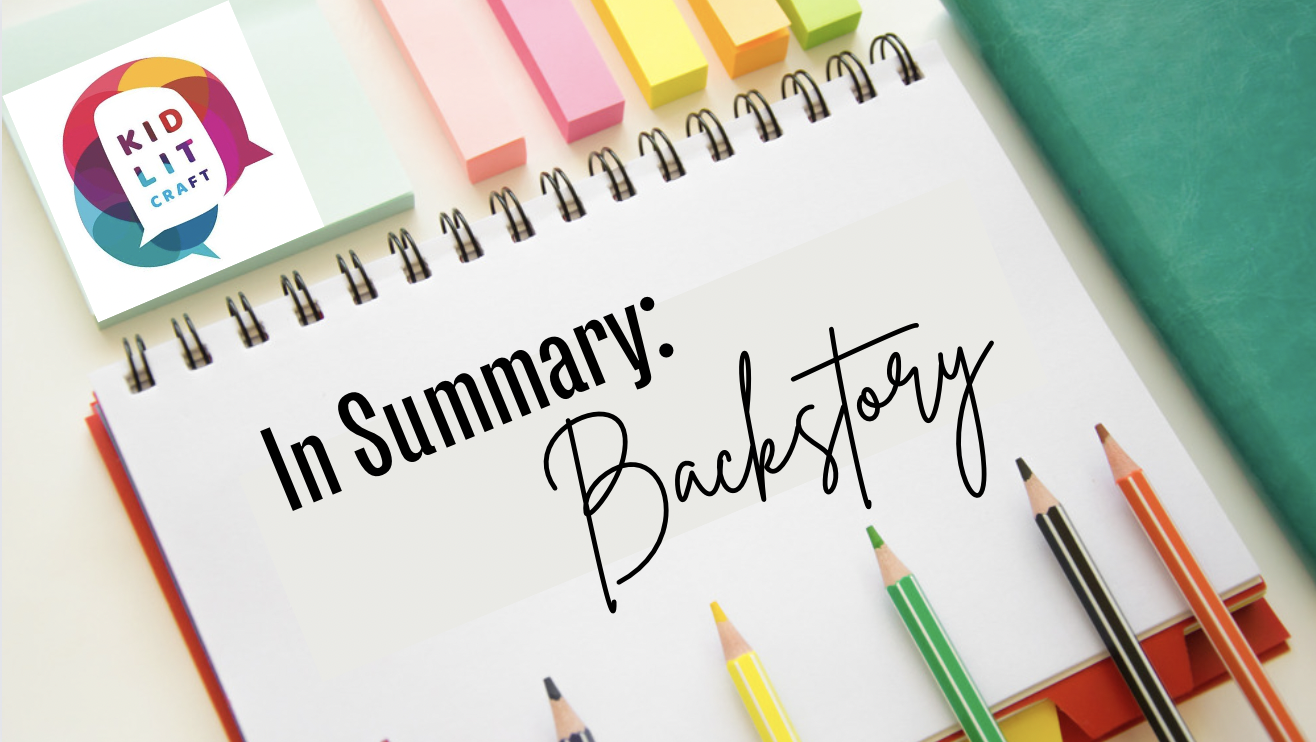This summer, we’re introducing a new series called In Summary, where we collect up some of our favorite posts on different craft topics. We hope you’ll click on a post or two now, and that you’ll be able to come back later when you’re struggling with a craft topic so you can find a wide range of posts by our contributors (past and present) to help you along the way.
Backstory is a necessary part of telling a story, but how much to include and what to leave out can be complicated. It’s rare in books for kids to have many pages of backstory in a row (though Crenshaw by Katherine Applegate does it with style). At KidLit Craft, we’ve explored backstory in many categories and genres. Here are our favorite posts about backstory.
The Overview
In this post, I cover how to decide when to use backstory and how to use it effectively–including in picture books!
Making Backstory Meaningful
In this post, Beth Mitchell digs deep into Rita Williams-Garcia’s One Crazy Summer to show how backstory is most effective when it intersects and makes meaning with the main story.
Backstory and Character Arcs
LA Biscay takes a deep dive into character arcs, including the place of backstory, in her analysis of Erin Entrada Kelly’s Hello, Universe.
Backstory and Pacing
Including too much backstory in large chunks can slow a story down, but backstory can increase tension, develop characters, and make readers care more about your story. Kristi Wright takes on B. B. Alston’s Amari and the NIght Brothers to find out how to include backstory without slowing down pacing.
Backstory is often a small but crucial part of storytelling, and it must be chosen carefully and introduced thoughtfully. We hope these posts have given you more ideas to try in your own work.
Anne-Marie Strohman (co-editor) writes picture books, middle grade novels, and young adult short stories and novels. She is trained as a teacher, an editor, and a scholar, specializing in Renaissance Literature. She holds an MFA in Writing for Children and Young Adults from Vermont College of Fine Arts and is an active member of SCBWI. Find her at amstrohman.com and on Twitter @amstrwriter.

COMMENTs:
0